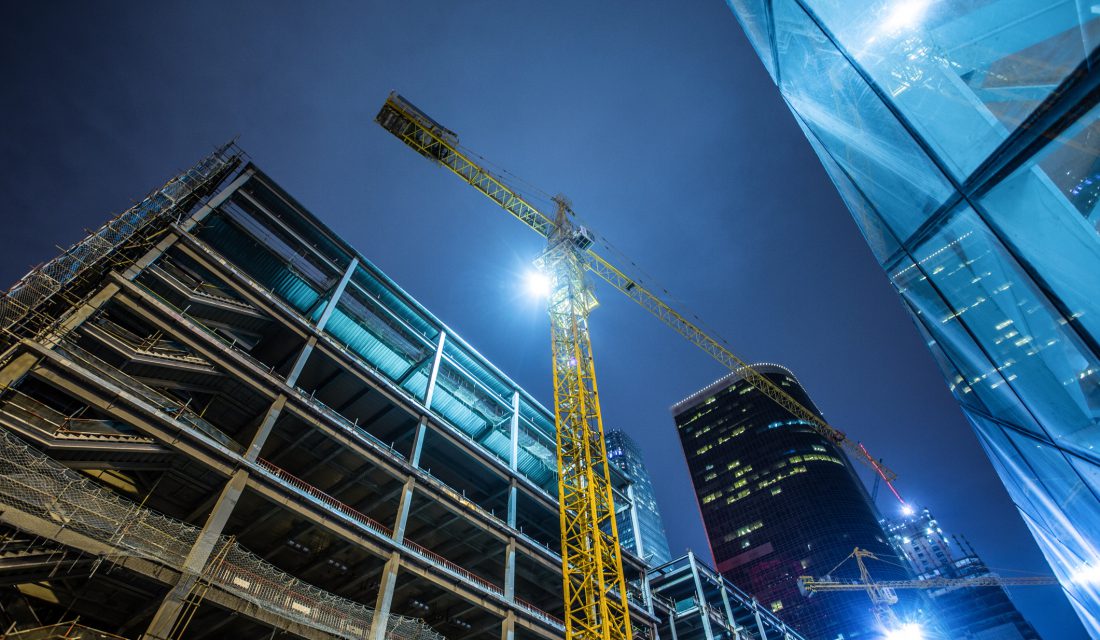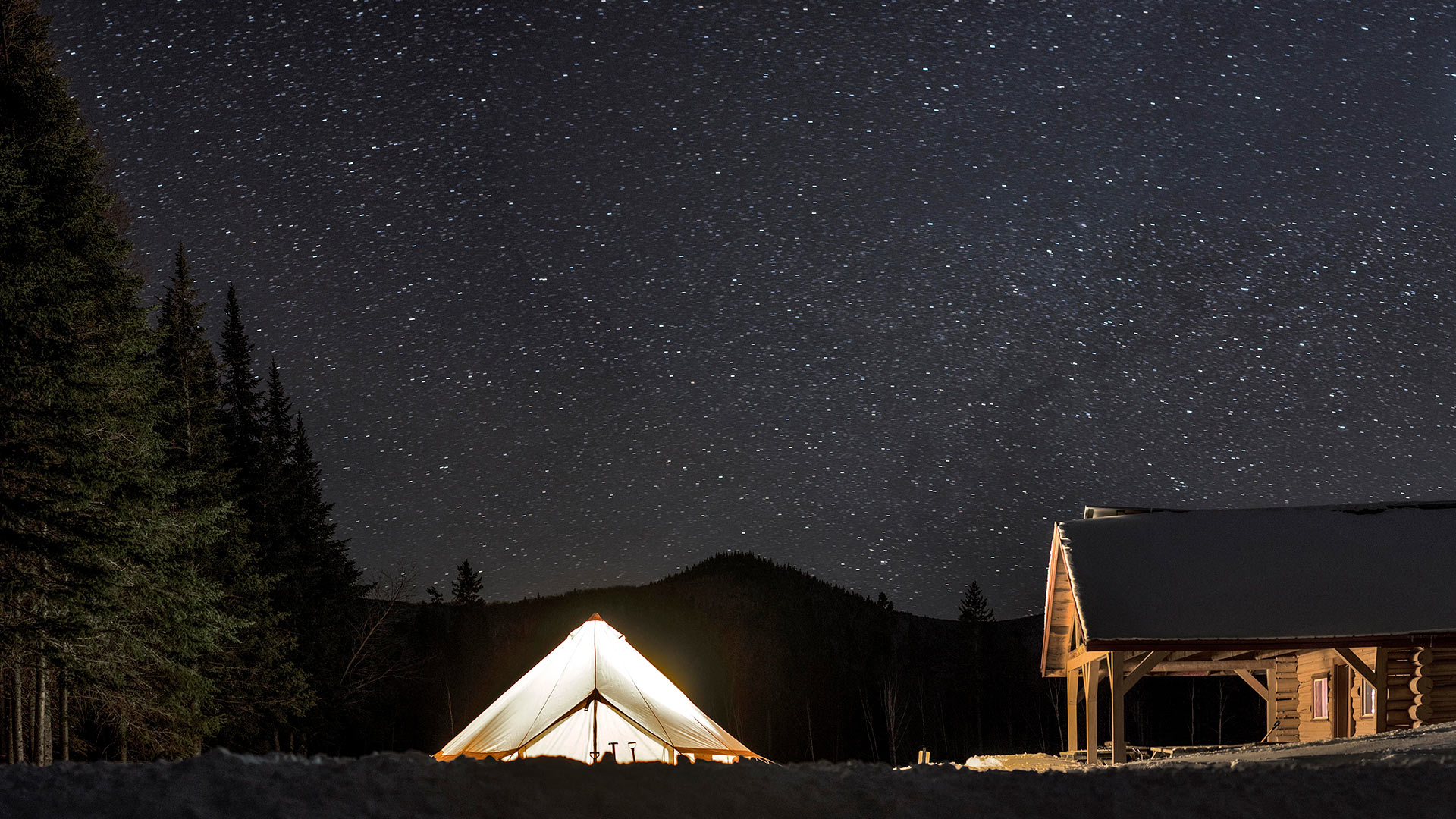We keep learning how artificial light impacts wildlife.
While many species can be affected, migratory birds are particularly sensitive to lights left on at night.
Migratory Bird Calls

The light from ongoing construction can disrupt species’ feeding or breeding behaviours.
A recent study looked at the impact of light pollution at night and how this affected the calls of migratory birds. The study took place in the U.K. and looked at thrushes. They found that in the brightest urban areas, call rates at night were up to five times higher in comparison to darker villages. The results show that even without high-rise buildings in modest urban areas, bird migration can be impacted, and nighttime lighting should be managed.
Wondering what an increase in call rates means? A University of Michigan study found birds that produce calls during overnight migration end up colliding with lit-up buildings much more frequently in comparison to closely related species that do not make calls. The study says birds that are disoriented by nighttime artificial light produce flight calls that may attract other nearby birds. This creates a cycle of increased death rates as disoriented birds guide other migrating birds to the artificial light.
Night Owls?

Gorgeous night sky from Armstrong Basecamp. Photo by Samuel Hoffe.
Many songbirds migrate at night. While it may not be known exactly why, there are some thoughts on the matter. Some think they migrate at night to avoid predators, to not interrupt their daytime feeding and to fly during calmer skies.
Not only are birds affected by artificial light but so are many other animals, even plants. The Earth’s predictable day and night, light and dark, rhythms have governed critical behaviours such as sleep, reproduction, protection from predators and foraging for billions of years.
To find out more about artificial lighting and how you can reduce the impact on your property, be sure to visit Shoreline Lighting – Just How Important Is it?

